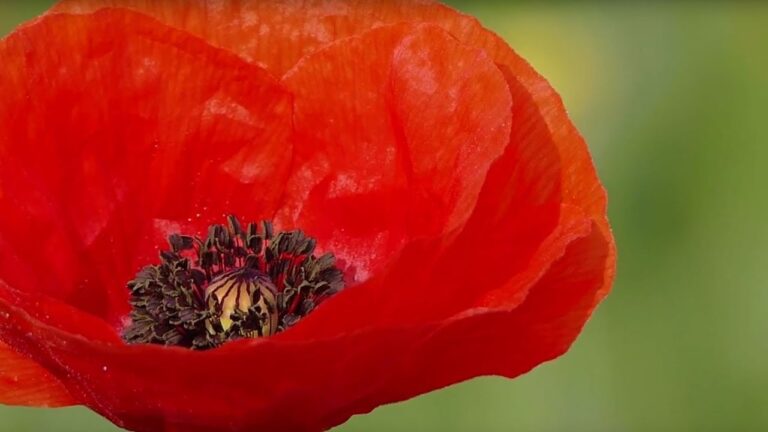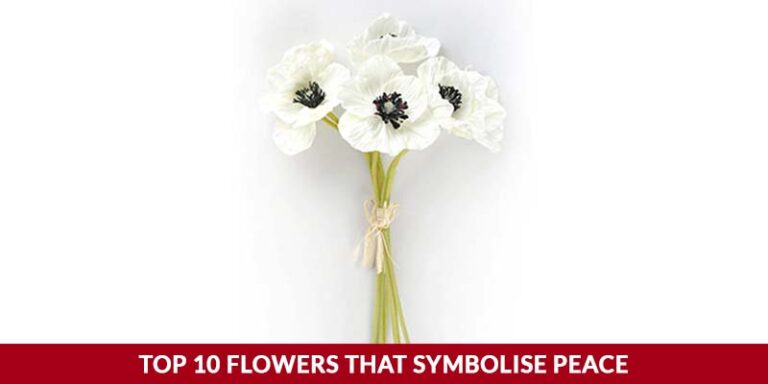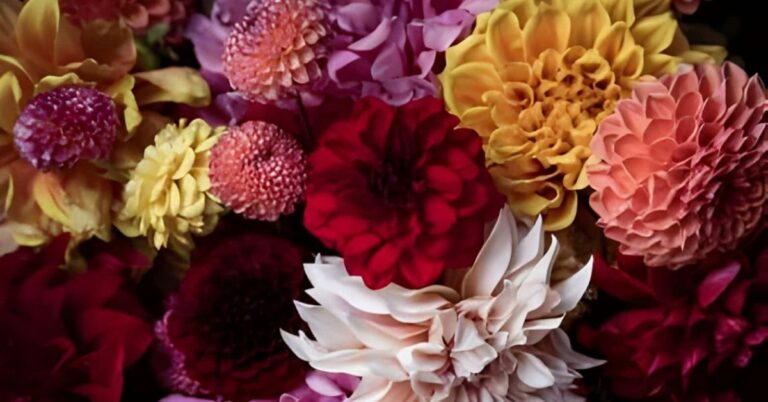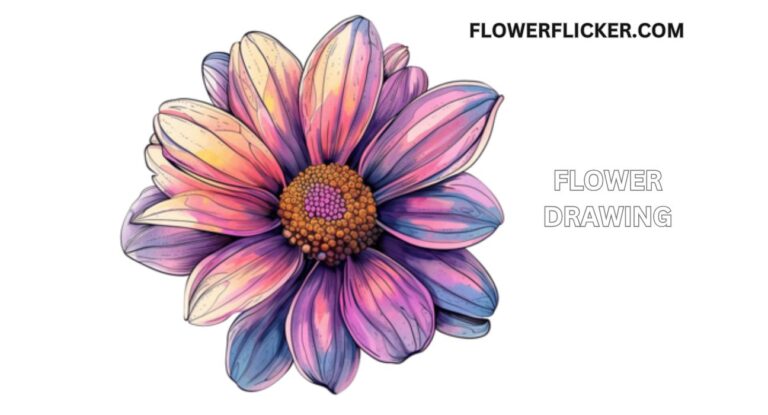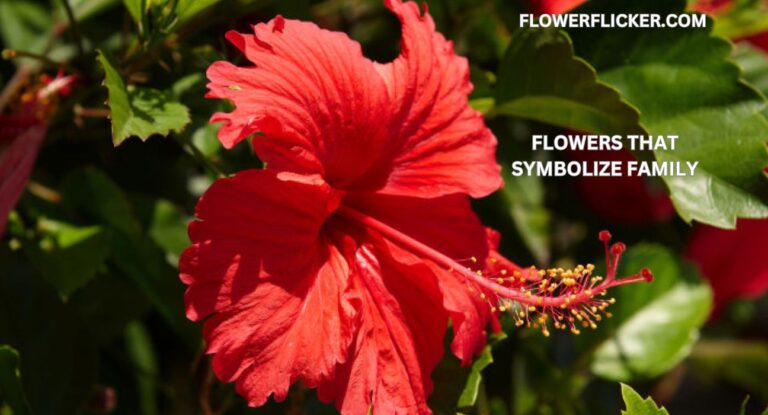Lisianthus Natural beauty from the prairies of North America
The enchanting world of Lisianthus, we uncover not just a flower but a symbol of resilience and grace in one of North America’s most picturesque landscapes. From its role in native traditions to its emergence as a beloved choice in modern floral arrangements, Lisianthus invites us to explore how nature’s artistry can thrive amidst challenges. This journey through lush prairies where beauty flourishes naturally, revealing why Lisianthus deserves a place not only in gardens but also in our hearts.
In the heart of North America’s vast prairies lies a floral gem that captivates both the eye and the spirit Lisianthus. Often overshadowed by more familiar blooms, this elegant flower is a testament to nature’s artistry, showcasing delicate petals that range from soft pastels to vibrant hues.
With its gentle sway in the prairie breeze, Lisianthus embodies a natural beauty that has inspired artists and gardeners alike for centuries. But beyond its aesthetic charm, this resilient plant harbors rich cultural significance and remarkable adaptability that speak to the heart of prairie ecosystems.
Colours and shapes
Lisianthus, often celebrated for its enchanting beauty, captivates flower enthusiasts with its diverse colors and unique shapes. From soft pastels to vibrant hues, the color palette of Lisianthus ranges from delicate lavender and blush pink to striking blue and deep burgundy.

This remarkable variety allows them to seamlessly blend into any floral arrangement or garden setting, whether you’re aiming for an elegant bouquet or a lively centerpiece. Each shade carries its own symbolism; for instance, the rich purple is often associated with royalty and admiration, while white represents purity and innocence.
Read Also : Beautiful Flowers That Symbolise Peace
Symbolism
The symbolism of lisianthus, often celebrated for its beautiful, delicate blooms, extends far beyond mere aesthetics. With roots in various cultural traditions, seemingly fragile yet resilient nature reflects a profound meaning: appreciation and admiration for others. This makes lisianthus an ideal choice not just for romantic gestures but also to express gratitude or esteem towards friends and family. In the world of floral arrangements, these flowers embody heartfelt sentiments that transcend words.
Origin
Originating from the lush landscapes of North America and parts of Central America, Lisianthus—scientifically known as Eustoma grandiflorum—has captured the hearts of flower enthusiasts worldwide. Often likened to roses due to their delicate, layered petals, these blossoms hold a unique charm that sets them apart. Traditionally found in wildflower fields and prairies, Lisianthus thrives in well-drained soils and enjoys plenty of sunlight, offering a stunning array of colors from soft pastels to deep hues.

Conclusion
Lisianthus stands as a testament to the natural beauty found in the prairies of North America. Its delicate petals and vibrant hues not only captivate the eye but also play a vital role in supporting local ecosystems by attracting pollinators. As we continue to explore the wonders of native flora, it is essential to recognize and appreciate the unique characteristics that plants like lisianthus bring to our landscapes.
By choosing to cultivate these native species in our gardens, we can contribute to biodiversity and preserve the rich heritage of our natural environment. Embrace the charm of lisianthus and consider incorporating this stunning flower into your own green space for a touch of prairie elegance.
FAQs
What do Lisianthus Flowers Symbolize?
Lisianthus flowers, also known as Eustoma, are often associated with a variety of meanings and symbolism. Primarily, they represent appreciation and gratitude. Their delicate petals and elegant appearance make them a popular choice for expressing heartfelt emotions, making them ideal for occasions such as weddings or to convey thanks to someone special.
What is an Interesting Fact about Lisianthus?
Its scientific name, Eustoma grandiflorum, reflects its unique characteristics and distinguishes it from other flowering plants. The flower comes in various colors, including shades of blue, purple, pink, and white, making it a popular choice for bouquets and floral arrangements.
Are Lisianthus a Type of Rose?
No, lisianthus and roses are not the same; they belong to different plant families. Lisianthus, scientifically known as Eustoma grandiflorum, is part of the Gentianaceae family, while roses belong to the Rosaceae family. Lisianthus flowers are often appreciated for their delicate, ruffled petals and come in a variety of colors, resembling a more refined version of a rose. However, their growth habits and care requirements differ significantly.
Is Lisianthus an Expensive Flower?
Lisianthus flowers can vary in price depending on several factors, including the season, location, and the specific variety of lisianthus. In the floral market, prices can range from $3 to $10 per stem when purchased individually. If you are looking at arrangements or bulk purchases, the cost may be lower per stem.


